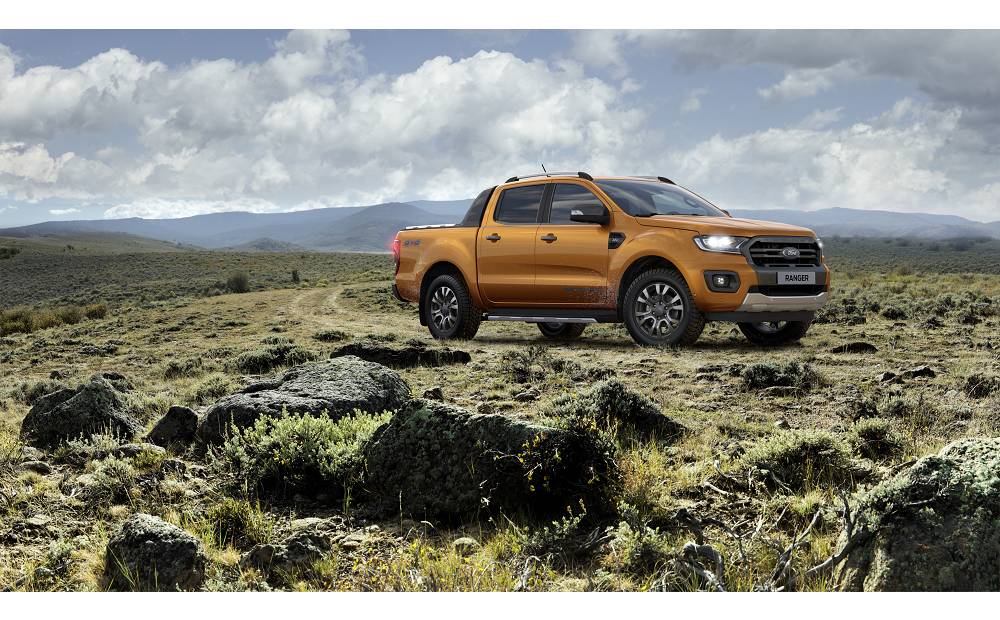
Ranger’s Interior is Built for the Toughest Passengers

Climbing mountain trails, hauling construction materials or driving your children to work, the Ford Ranger’s renowned versatility balances tough capabilities and performance with car-like refinement.
Much like the overall vehicle, the Ranger’s interior needs to also balance high quality and durable materials with a comfortable and plush finish. That’s why the design and engineering teams at Ford dedicate an enormous amount of time to carefully selecting and testing the interior materials, ensuring they will withstand the rigors of hard work.
Every Built Ford Tough truck undergoes battery of quality and durability tests well before it is approved for production. This attention to detail extends to the interior materials for the Ranger. Since the Ranger customer’s lifestyle is a unique blend of work and play, the interior materials used in the Ford Ranger have been designed to handle everything customers can throw at them. The Ranger is designed to endure it all – whether that’s wear that comes from tools being dragged across the seats or other surfaces, from regular use on extended road trips or the ultimate test— kids on their way to school.
Throughout the design process, Ford subjects hundreds of different materials to thousands of hours of testing to ensure they are not only tough enough to meet the standards expected of a truck used for demanding work but are also comfortable and at home in any environment.
The design and engineering team use a variety of test to validate materials for use in the Ford Ranger. We’ve outlined just three of them below.
The Scratch Test
The Ranger’s surfaces are designed to take a lot of abuse. Ford’s engineers have developed a series of ‘scratch tests’ that push the interior materials to their limits by applying varying levels of pressure. By studying the results, engineers are able to determine which materials are best suited for a lifetime of hard work with Ranger.
The Snag Test
A versatile pick-up truck like the Ranger faces an endless list of objects that can potentially snag and damage interior fabrics. Keys, tools, boots, pets and pens are among the worst offenders. The snag test runs a metal ball with steel spikes, similar to a medieval mace, over the materials for hours on end to identify fabrics that are more likely to snag and tear. Only the most resilient materials make the cut.
The Stain Test
Accidental spills are unavoidable and the materials in the Ranger have been tested with some of the most commonly spilled staining liquids, including coffee, oil and ketchup. To pass this test, the stains must be able to be removed from the materials using simple household cleaning products. And don’t worry about your new jeans staining the seats either – engineers have made sure that any indigo dye that may rub off can be cleaned easily.
Ford understands that customers need to adjust to the unique challenges their environment presents every day. The recent rise in the use of alcohol-based hand sanitizers – which may have once caused issues for interior trim – is one such case. Thanks to continuous testing, Ford engineers use protective coatings on the interior trim to ensure they can withstand the damaging hand sanitizer residue which meets the trim when customers touch them.
Ford’s material tests are designed to simulate years of use and abuse long before customers get their hands on them. Throughout the process, hundreds of materials are rejected for not meeting the high standards demanded by Ranger customers and set by the engineering team.































